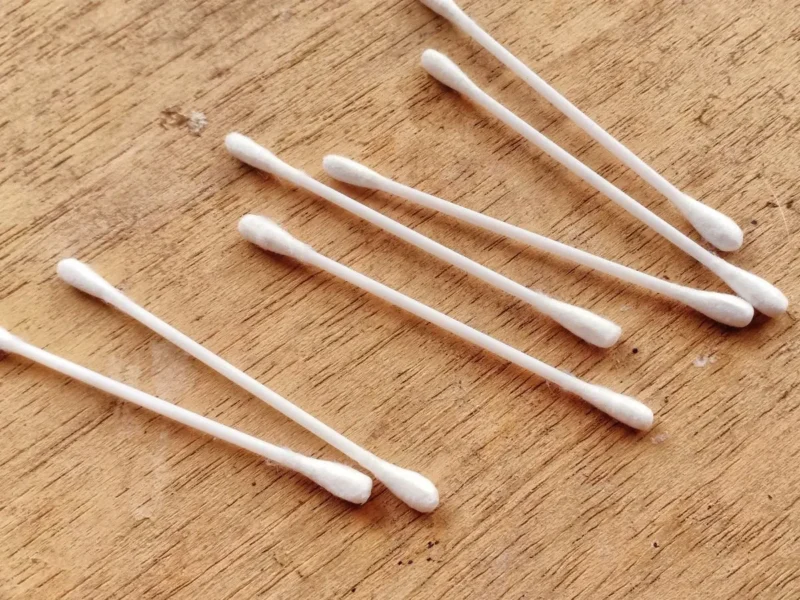Learn what earwax is, why it forms, and how to safely remove blockages. Discover when to seek medical advice and why workplace hearing tests are essential for health.
Envirocare provide Workplace Hearing Tests and occupational ear examinations to companies within the UK. This article aims to help people in removing earwax or clearing blockages caused by wax.
We regularly provide the below advice to anyone we encounter whose ear drums or ear canals appear to show a large build up of earwax.
Here are some of the things you can do, first of all:
What Is Earwax?
Earwax is made up of oil and sweat secreted from glands in your outer ear canal, scales from your skin, dust particles and even hair. Earwax helps to keep your ears healthy. It is anti-fungal and antibacterial. Some people feel that they should have their ears cleared regularly, but having ear wax in your ears is normal, there is usually no need for earwax to be cleared.
You do not need to wash, scrape or poke wax out of your ears in removing earwax because the wax, along with the skin, usually falls out without you noticing. Your external ear canal keeps itself clean using a natural process that involves the earwax. It takes about two weeks for skin to move outwards from your eardrum to your external ear. This process goes on all the time and means that your ear canal is continually developing a new lining without you noticing it.
What Causes An Earwax Blockage?
Occasionally, wax can build up in your ear canal and cause a blockage. A number of things may cause this. For example you may find that earwax is more of a problem if you have narrow ear canals, if you work in a dusty or dirty environment, or if you wear earplugs a lot.
Is There A Link Between An Earwax Blockage and Hearing Loss?
If your ears are blocked with wax it is possible that your hearing may be affected and may not be quite as good as it usually is. This is why it is ideal to test your hearing with clear ear drums.
For a blockage to happen the wax has to completely block the canal or press on the eardrum. You may also have wax which is not actually blocking the ear canal or affecting your hearing. This does not usually need removing.
Important Ear Care!
If you look after your ears, you can help to prevent wax blockages forming in the first place.
We advise to NEVER poke or scrape anything in your ears such as fingers, cotton buds or matches etc.
Doing this usually just pushes wax further down your ear canal and actually encourages your wax glands to produce even more wax.
Should I Try Removing Earwax or Blockage Myself?
If you think you have a wax blockage in one of your ears and no other symptoms of discomfort or pain with your ears, it is possible to safety remove the wax. If you are careful enough, it is possible to use olive oil or specialist drops from a chemist to soften and help with removing earwax or blockage.
How To Use Olive Oil To Soften Earwax:
Buy any olive oil, available at chemists in dropper bottles or off the shelf oil (obviously trying to avoid any with chillies and garlic soaked in!). Put a few drops in 2-4 times daily. The most important time is before you go to bed. This should be done for a duration of about 2 weeks. Lie on your side with problem ear upper-most. Try and pull the outer part back and up, if you can (this straightens the canal inside). If able, stay in this position for few minutes after. It can be easier to get someone else to do this for you. If you wish to warm the drops slightly, place the bottle in a cup of hot water (do not heat directly). Occasionally your hearing worsens after the drops go in, as the oil gets behind the wax. This will settle, so continue the treatment as planned. Make an appointment with the nurse at the end of these two weeks. You will be examined and she will determine whether your ear is now clear or if it may need syringing. If you have recurrent or long-term problems, putting a few drops in at night twice weekly can help prevent a build up and so avoid the situation. This only really helps once the ears are cleared fully. If there are any signs of irritation or inflammation of your ears, or you have any doubt then stop either method and see your GP. NEVER use drops or olive oil treatment if you suspect your eardrum is perforated or if you suspect your ear is damaged or infected in any way. It is often difficult to tell if your eardrum is perforated, so if you are in any doubt, or have symptoms you don’t expect, do not put drops into your ear and go to see your GP.
Always Talk To A Doctor Before Syringing
It is important that, before you have your ears syringed, you let the doctor or nurse know if:
You have had infections of, or injuries to, your ears You have had surgery on your ears You have tinnitus or hearing loss You have a weak or perforated eardrum Previous ear syringing was not straightforward You have any anxieties or questions about syringing
What Ear Syringing At The GP Involves
If your GP suggests that you need your ears syringed, the wax may come out more easily because you have softened it. Ear syringing these days is carried out at the GP practice usually with a pulsed water-jet system using a narrow tube connected to an electric pump. This uses water to try to move the wax and clear the ear. If this is not successful then you may be referred to the ear, nose and throat (ENT) department in a hospital for a more specialist technique.
Other Ways of Removing Earwax
You may find that alternative therapists suggest using ear candles to remove wax. There is no evidence to suggest that this method works. You should also be aware that this method could be potentially dangerous as it involves holding a lighted candle very close to your inner ear.
Experts In Audiometric / Workplace Hearing Tests
Envirocare provides on-site Audiometry Tests using fully trained technicians, plus equipment and methods that comply with the latest standards and guidelines.
Analysis of the findings is provided in a confidential format, and employees requiring referral to an occupational health practitioner/GP are confidentially identified. A report containing anonymous data is also provided.
Envirocare have many years of experience in providing audiometric services to enable compliance with the The Noise at Work Regulations (2005). We provide workplace hearing tests with expert technical advice and interpretation of the findings, as well as cost effective and practical recommendations for solutions.
Call us on 01274 738668 or fill out our Envirocare Enquiry Form for any queries regarding removing earwax or any of our many accredited Environmental and Occupational Hygiene services.







